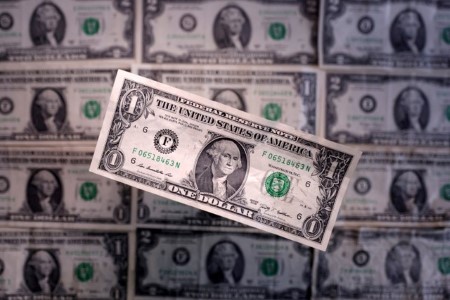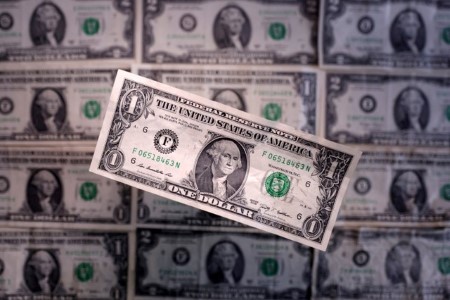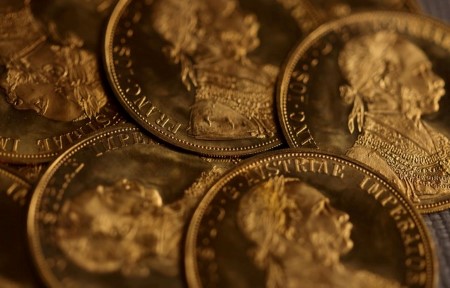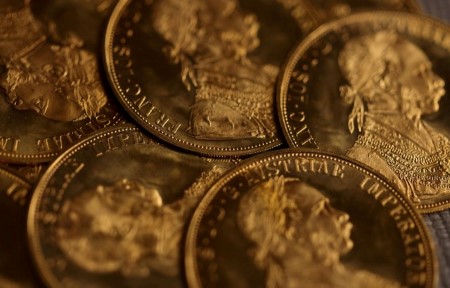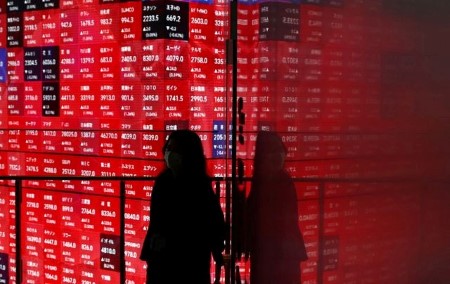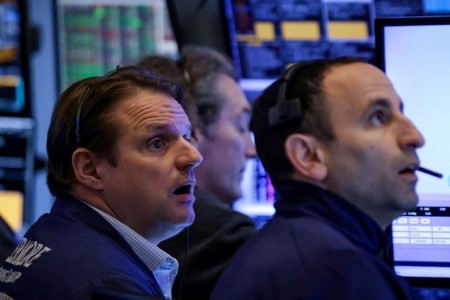Gold fell nearly 1% on Tuesday as signals of easing US-China trade tensions reduced some safe-haven demand, while investors braced for key economic data this week to gauge the Federal Reserve’s policy outlook.
Spot gold was down 0.8% at USD 3,315.84 an ounce as of 2:22 pm ET (1822 GMT). US gold futures settled 0.4% lower at USD 3,333.6.
“There is some optimism that there will be some de-escalation of the trade war between the US and China,” said David Meger, director of metals trading at High Ridge Futures.
President Donald Trump’s administration plans to lessen the effect of auto tariffs by lowering taxes on foreign parts used in US-made cars and making sure imported cars are not hit with multiple tariffs, officials said.
Softening trade tensions have caused a sell-off in safe-haven gold, a traditional hedge against rising global instabilities, which had risen in an unprecedented rally to notch a record high at USD 3,500.05/oz last week.
US Treasury Secretary Scott Bessent said on Monday that several top trading partners had made “very good” proposals to avoid US tariffs. China’s recent moves to exempt certain US goods from its retaliatory tariffs showed a willingness to de-escalate trade tensions, Bessent added.
Investors’ radar is now on a slew of important US economic data this week, including the personal consumption expenditures price index on Wednesday, and a monthly non-farm payrolls report on Friday.
“Looking at the key level in the near-term, USD 3,500 would be a fair level where you’re going to see people stepping in and starting to liquidate, which is normal ebb and flow of the market,” said Michael Matousek, head trader at US Global Investors.
“For quarter-end, we could probably see gold up at USD 3,590. For the year-end, I would put the forecast at USD 3,800 an ounce.”
Spot silver shed 0.4% to USD 33.02 an ounce, platinum eased about 1% to USD 976.50, and palladium fell 1.3% to USD 936.41.
(Reporting by Anjana Anil and Sarah Qureshi in Bengaluru; Editing by Mohammed Safi Shamsi)







 DOWNLOAD
DOWNLOAD






